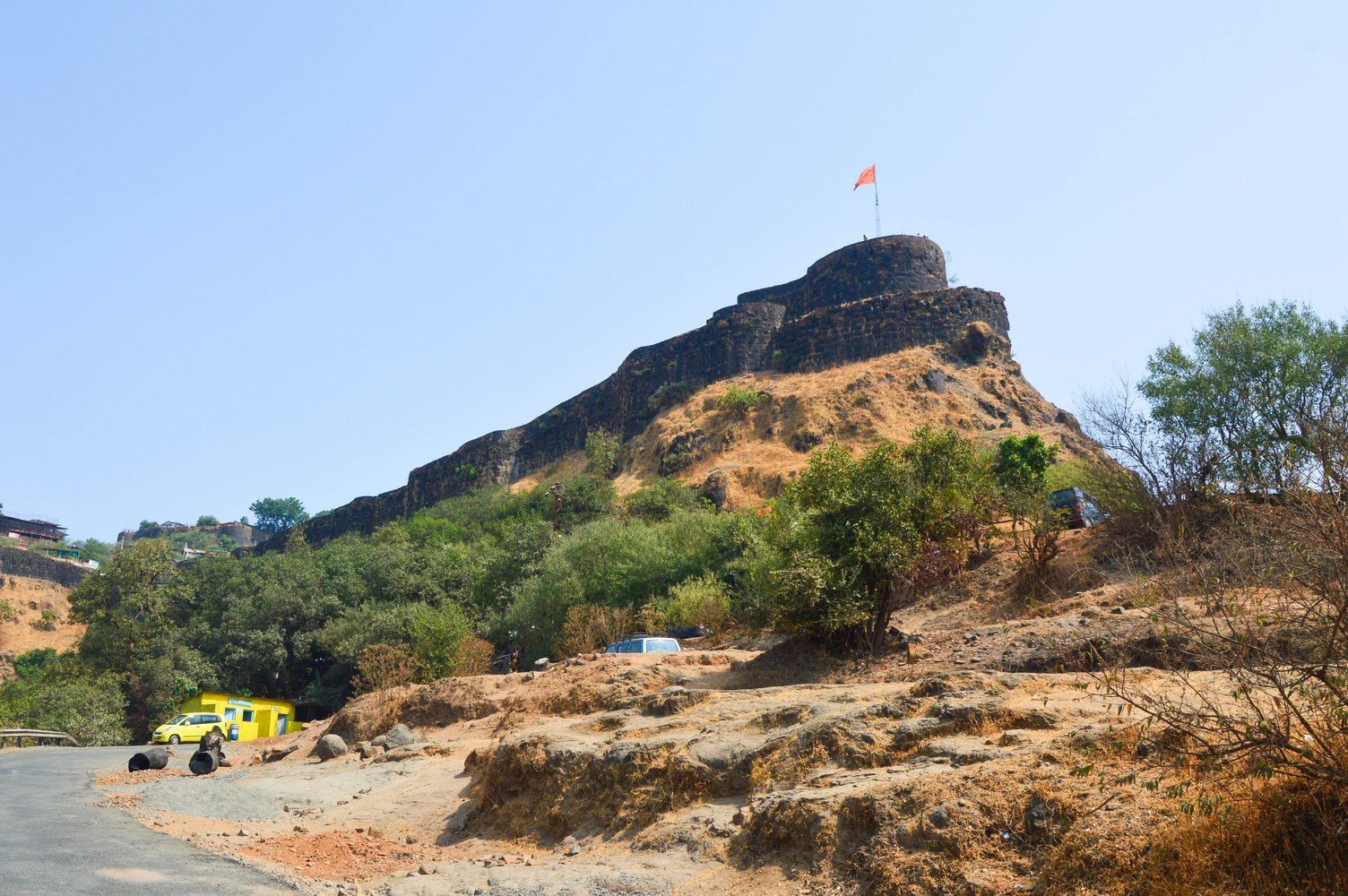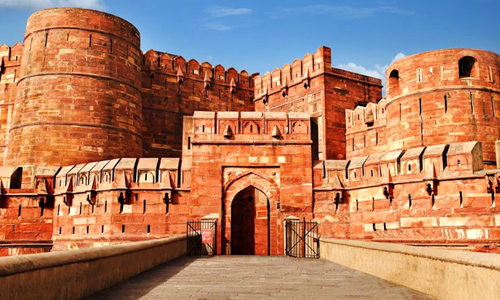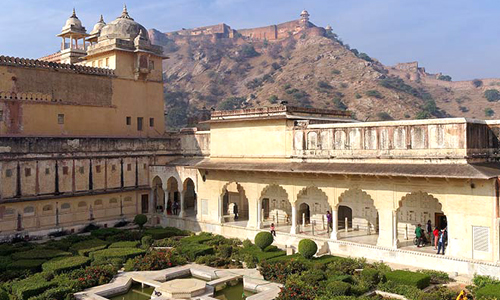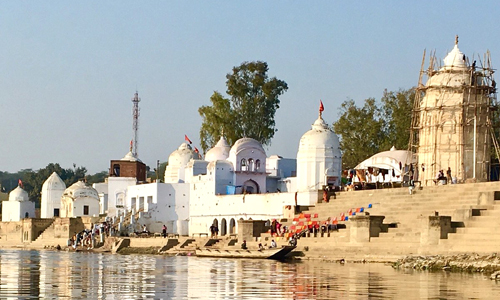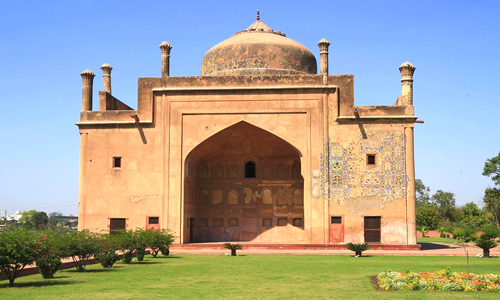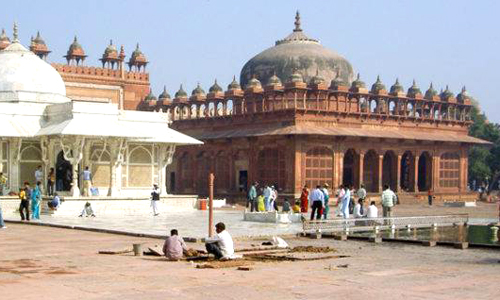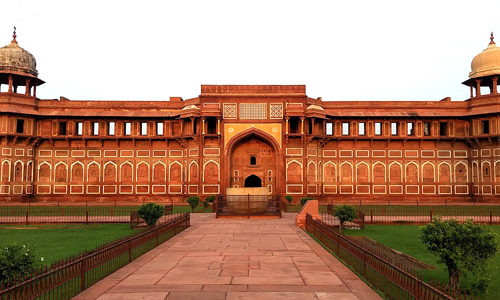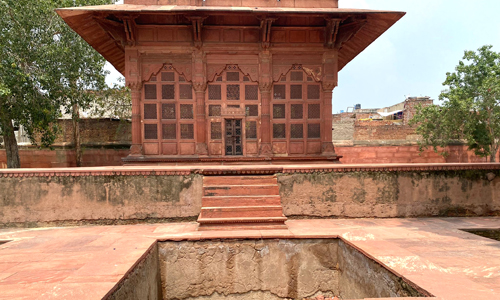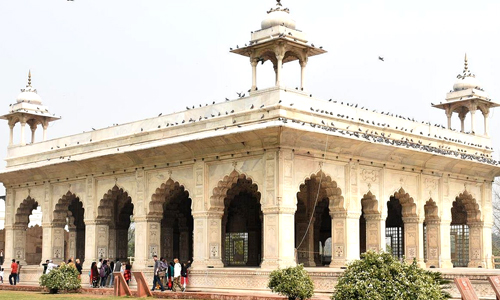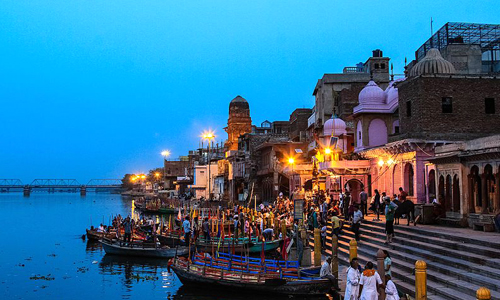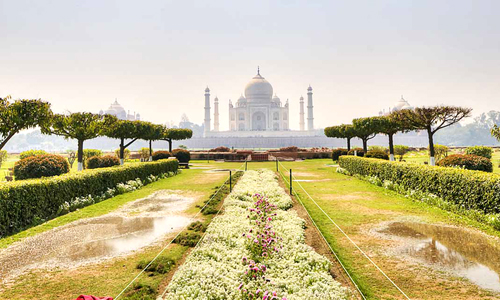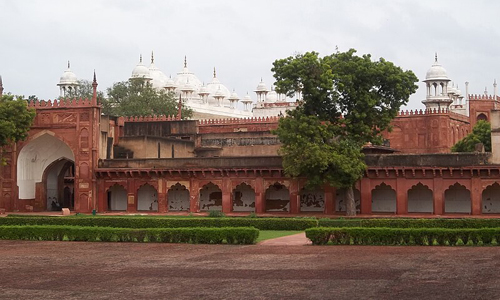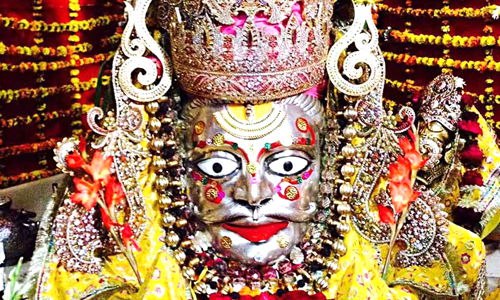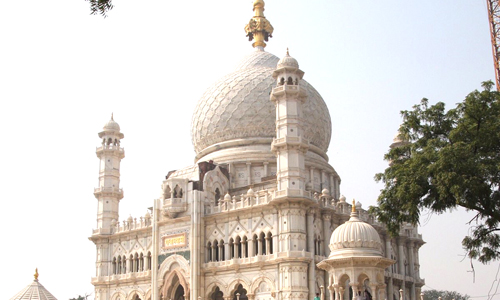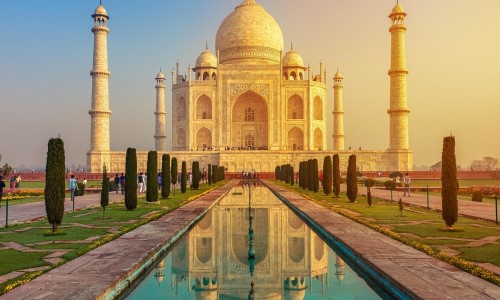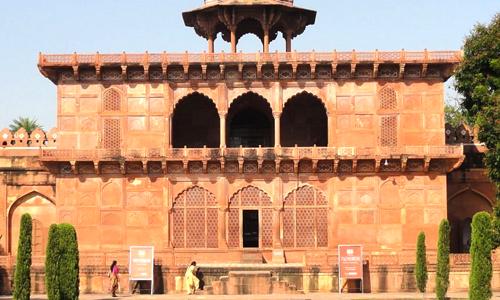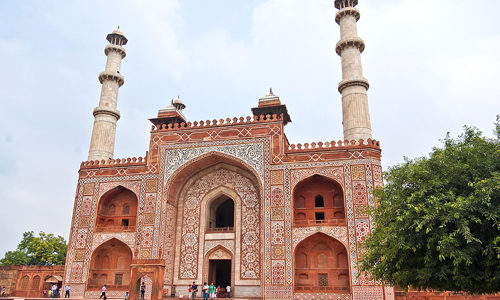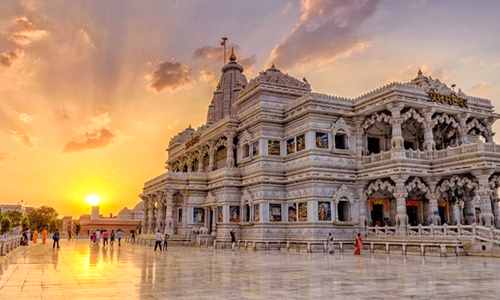Inside the Agra Fort, between the Jahangiri Mahal and the Bengali Burj, is the Akbari Mahal, also known as Akbar Palace. Much like the popular places to visit in Agra, this historic structure attracts visitors for its rich cultural significance and stunning architecture, offering a glimpse into India's grand Mughal history.
Even though it is mainly destroyed now, the Akbari Mahal reminds us of the huge imperial halls with large rooms. Once upon a time, Akbari Palace was a huge palace where people lived. Builders constructed it between 1565 and 1569. The structure adorned a big courtyard paved with stones, surrounded by suites and chambers. So far, only the flats by the river have been preserved.
To protect the women, the palace was built so that no matter which door they used, they were completely covered. The security and Purdah system worked well in the palace. On the lower level was a large assembly hall with a high ceiling that could still be seen. However, the top level is in ruins. It also had a hall on the shore with three sets of doors.
Architectural Features of Mahal
The style of Akbari Mahal vividly portrayed the majesty of the Mughal design, which incorporated Persian and Indian styles. The building walls were made of red limestone, and they had fantastic arches, carvings, and extremely detailed jaali work.
The Mahal flaunts Mughal symmetry through large gardens and dome-shaped roofs. It is actually a symbol of imperial buildings, marked by the beautiful gardens and ornate designs that express the wealth and skill of the Mughal age. Just as AGRA TOUR PACKAGES carefully pick up the most attractive parts of Kerala, a trip to Akbari Mahal deeply looks into India's architectural grandeur and historical wealth.
Who built the Akbari Mahal?
Asoka's Harem lived in this palace. Furthermore, Abul Fazal, a historian, wrote that Akbar "built a large enclosure with fine buildings inside, where he rests." However, there were more than 5,000 women. Consequently, they each received their room.
Akbar hired good-hearted and trustworthy people to work for the Harem. They carefully watched over it. Women received a month's pay ranging from 1028 to 1610 rupees, and many worked as maids to clean, light the house, and do other chores. Their pay ranged from 2 to 51 rupees a month. They put everything together and kept it in perfect order.
To its southeast is the Bengali Burj, which has a large square hall with arched walkways. Its dome-shaped roof is decorated with chevron patterns, and the nook shafts of the arches are shaped like steps. Around the Akbari Baoli, near the Burj, there are five rows of rooms that look like steps leading down to the water. The basin is a well.


